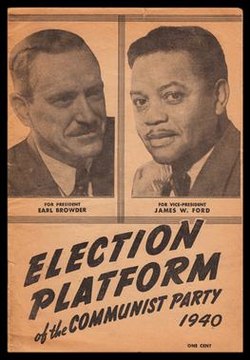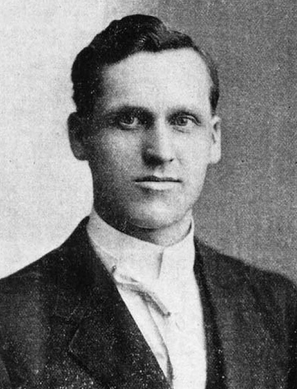A caricature of J. Lester Haberkorn by Frank S. Regan
Frank Stewart Regan, October 3, 1862 (Rockford, Ill.) – July 25, 1944 (Canton, Ill.)
VP candidate for Prohibition Party (1932)
Running mate with nominee: William David Upshaw (1866-1952)
Popular vote: 81,905 (0.21%)
Electoral vote: 0/531
The campaign:
The Prohibition Party attempted, and failed, to recruit Senator William Borah of Idaho as their Presidential nominee. Former Democratic Congressman William D. Upshaw of Georgia accepted the nomination but declared he would step down if Sen. Borah had a change of heart. Frank S. Regan, who turned 70 during the campaign and performed as a cartooning lecturer on stage, was selected as the VP choice.
The 1932 platform denounced the impending repeal of Prohibition. It also provided a detailed economic recovery plan. But the part that caught my eye was this:
Motion Pictures
We favor Federal control at the source of the output of the motion picture industry to prevent the degrading influence of immoral pictures and insidious propaganda connected therewith.
On the ballot in less than half the states, it seemed America was ready to leave Prohibition behind. Their strongest finish was in California with 0.91%.
Election history:
1895-1897 - Alderman (Rockford, Ill.)
1899-1900 - Illinois House of Representatives (Prohibition Party)
1900 - Illinois Attorney General (Prohibition Party) - defeated
1902 - US House of Representatives (Ill.) (Prohibition Party) - defeated
1908 - Illinois Attorney General (Prohibition Party) - defeated
1920 - Prohibition Party nomination for US Vice-President - defeated
1928 - Prohibition Party nomination for US Vice-President - defeated
1932 - Prohibition Party nomination for US President - defeated
1933 - Illinois Treasurer (Prohibition Party) - defeated
1936 - Illinois Attorney General (Prohibition Party) - defeated
Other occupations: worked at Rockford (Ill.) Abstract Co., tax expert, attorney, author, cartoonist, lecturer, store clerk
Buried: Greenwood Cemetery (Rockford, Ill.)
Notes:
First Prohibition Party member elected to a state legislature.
Died from a skull fracture while falling in a bathtub.
Mason
Congregationalist
First known cartoonist on a presidential ticket.





































